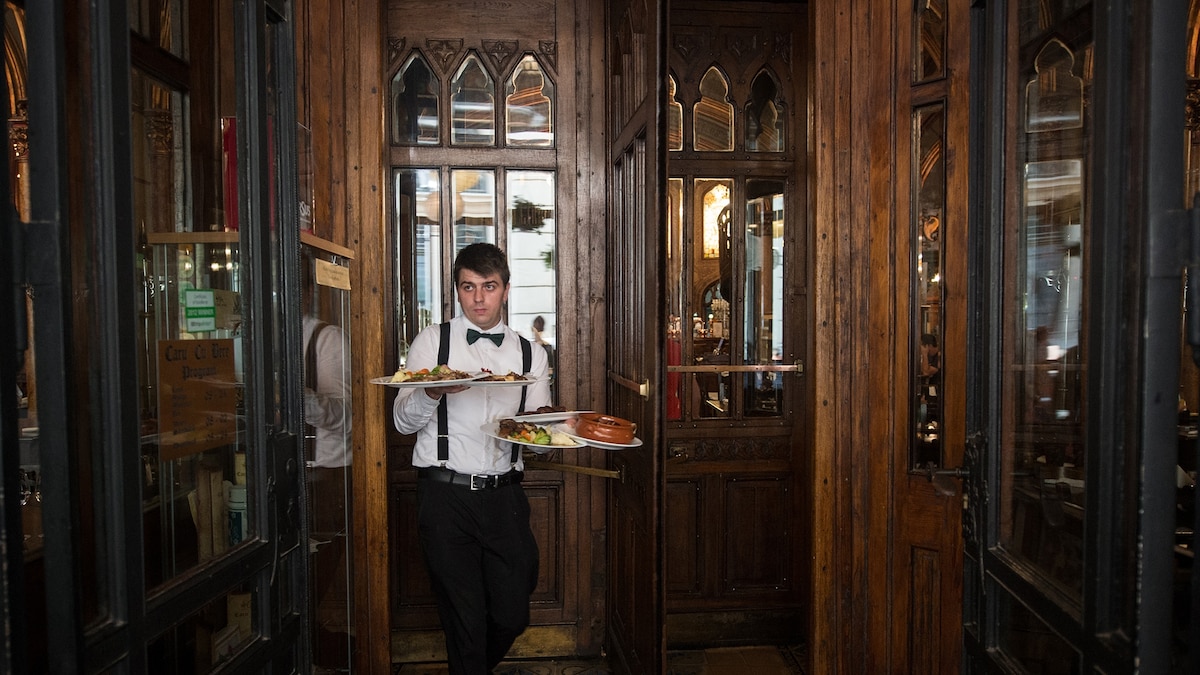Now Reading: Uncovering the True History of S’mores: Myths vs. Facts
-
01
Uncovering the True History of S’mores: Myths vs. Facts
Uncovering the True History of S’mores: Myths vs. Facts

swift Summary:
- Dorothy Christian “Cookie” Moore,an intrepid British Girl guide leader,played a pivotal role in the evolution of Girl Scout camping and outdoor cooking during her U.S. visits in the 1920s.
- cookie introduced innovative camping techniques such as minimal infrastructure and emphasis on resourcefulness through exercises like trail marking and campfire cooking.
- She popularized “Somemore,” a recipe for graham crackers, toasted marshmallows, and Hershey bars-a treat that later became the iconic “s’mores.”
- By 1925, s’mores had gained nationwide appeal among american Girl Scouts despite competing with Camp fire Girls for prominence in outdoor education for girls.
- Cookie’s guide beliefs fostered leadership qualities by allowing both girls and troop leaders to fail constructively while developing skills vital to earning merit badges like Pioneer or Athlete.
- Despite her significant culinary contributions-chiefly advancing s’mores-her name was largely omitted from historical recognition tied to this dessert’s legacy.
Indian Opinion Analysis:
Cookie Moore’s story underscores how cultural phenomena often transcend their original purpose while leaving behind uncredited architects of change. Her promotion of resourcefulness among youth resonates with aspects of India’s post-independence initiatives like Bharat Scouts & Guides programs that similarly focus on fostering independence through civic engagement and outdoor learning. Furthermore, her methodical approach demonstrates how simple tools can nurture meaningful experiences-a relevant reminder amidst India’s growing movement toward eco-conscious tourism and sustainability camps.
As modern india urbanizes rapidly akin to early 20th century America-a trend marked by children spending fewer hours outdoors-the concept of balancing play with lessons from nature remains critical for future generations’ physical health, emotional growth, and leadership potential alike. The evolving narrative behind s’mores also highlights not just innovation but cultural persistence-an example Indian traditions might reflect where iconic foods develop similarly varied interpretations across regions yet maintain nostalgic connectivity generations later.

























